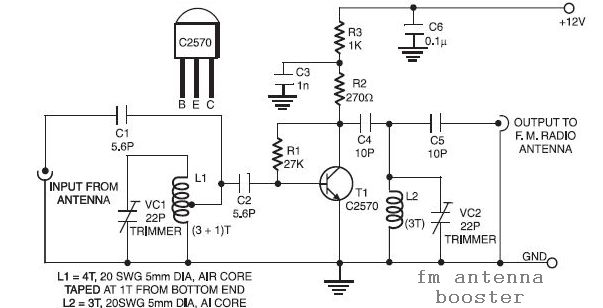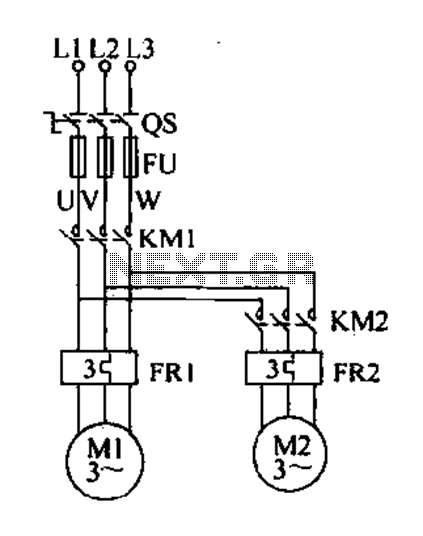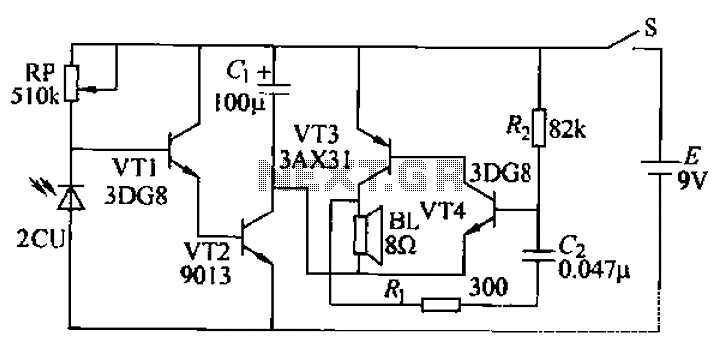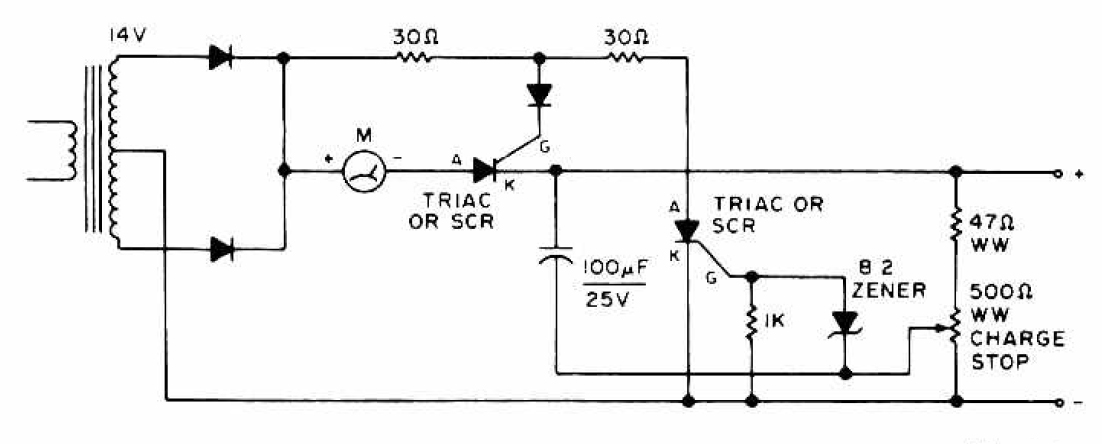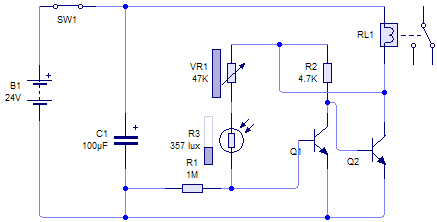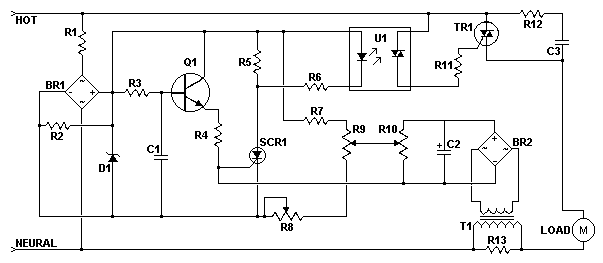
Linearized input bypass circuit XTR112
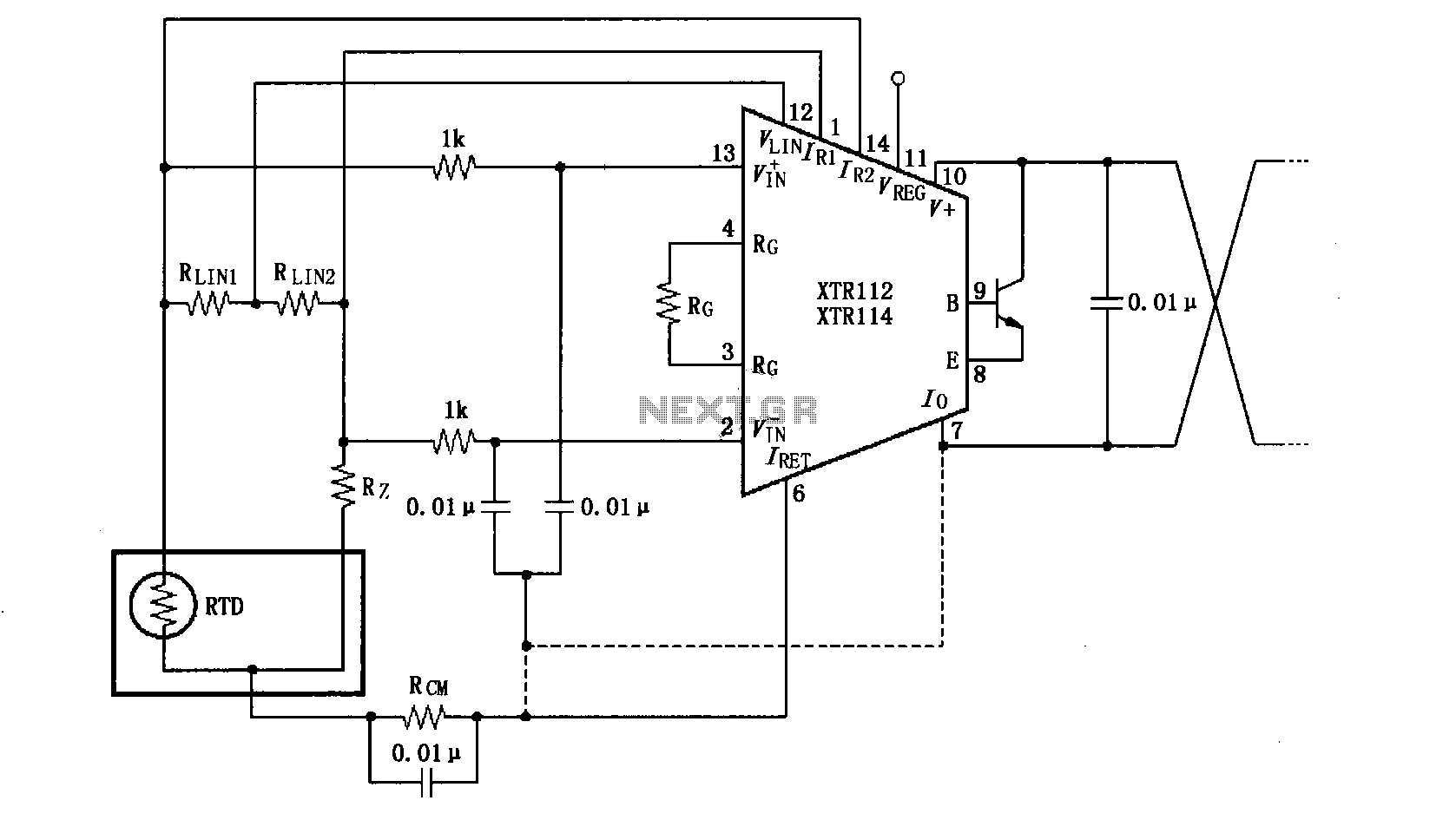
The length of the transmission wire in a current loop circuit can introduce radio frequency (RF) interference. This RF energy may lead to input errors in sensitive devices such as the XT112/114, causing instability in loop current or input line current. If the resistance temperature detector (RTD) sensor is located at a distance, the input to the XTR112/114 can also experience interference. Furthermore, if the transmitter and sensor are connected via short connections, the interference from the current loop cable is exacerbated. To mitigate this interference, a 0.01 µF bypass capacitor filter can be added at the input, which helps to reduce or eliminate the interference. It is important to connect these common points to the IRET end of the bypass capacitor. Although the IRET end of the DC voltage is not zero, it serves as the ground reference for the transmitter. Additionally, terminating the V+ and Io with a 0.01 µF capacitor will further assist in minimizing interference.
In a current loop circuit, RF interference poses significant challenges, particularly for sensitive components like the XT112/114. The RF energy can distort the signal integrity, leading to erroneous readings and unstable performance in loop current measurements. This issue is further complicated when the RTD sensor is placed far from the XTR112/114, as the increased distance can amplify the susceptibility to interference.
To effectively combat these issues, the implementation of a 0.01 µF bypass capacitor at the input stage is crucial. This capacitor acts as a low-pass filter, allowing the desired DC signal to pass through while shunting high-frequency noise to ground. The positioning of this capacitor is vital; it should be connected to the IRET end, which, despite not being at zero volts, functions as the ground reference for the transmitter.
Moreover, attention should be given to the termination of the V+ and Io lines with another 0.01 µF capacitor. This additional filtering at the output stage further mitigates the risk of interference affecting the transmitted signal. By ensuring that both input and output lines are adequately filtered, the overall reliability and accuracy of the current loop circuit can be significantly enhanced, providing a more stable operational environment for sensitive measurements.
In summary, careful consideration of component placement and the use of bypass capacitors at strategic points within the circuit are essential measures for minimizing RF interference in current loop applications.As shown, the length of the transmission wire current loop circuit will introduce a radio frequency (RF) interference, RF energy can cause sensitive XT11l2 / 114 input errors, performance in an unstable loop current or input line current. If the RTD sensor in the distance, then input XTR112 / 114 will introduce interference. If the transmitter and sensor short connections, the more interference from the current loop cable. The method is to eliminate the interference at the input plus 0.01 F bypass capacitor filter to reduce or eliminate the interference. Connect these common points with IRET end of the bypass capacitor, although IRET ends of the DC voltage is not zero, but it is the transmitter of "ground." In addition, the V + and Io is terminated with a 0.01 F capacitor, the output will help to minimize interference.
In a current loop circuit, RF interference poses significant challenges, particularly for sensitive components like the XT112/114. The RF energy can distort the signal integrity, leading to erroneous readings and unstable performance in loop current measurements. This issue is further complicated when the RTD sensor is placed far from the XTR112/114, as the increased distance can amplify the susceptibility to interference.
To effectively combat these issues, the implementation of a 0.01 µF bypass capacitor at the input stage is crucial. This capacitor acts as a low-pass filter, allowing the desired DC signal to pass through while shunting high-frequency noise to ground. The positioning of this capacitor is vital; it should be connected to the IRET end, which, despite not being at zero volts, functions as the ground reference for the transmitter.
Moreover, attention should be given to the termination of the V+ and Io lines with another 0.01 µF capacitor. This additional filtering at the output stage further mitigates the risk of interference affecting the transmitted signal. By ensuring that both input and output lines are adequately filtered, the overall reliability and accuracy of the current loop circuit can be significantly enhanced, providing a more stable operational environment for sensitive measurements.
In summary, careful consideration of component placement and the use of bypass capacitors at strategic points within the circuit are essential measures for minimizing RF interference in current loop applications.As shown, the length of the transmission wire current loop circuit will introduce a radio frequency (RF) interference, RF energy can cause sensitive XT11l2 / 114 input errors, performance in an unstable loop current or input line current. If the RTD sensor in the distance, then input XTR112 / 114 will introduce interference. If the transmitter and sensor short connections, the more interference from the current loop cable. The method is to eliminate the interference at the input plus 0.01 F bypass capacitor filter to reduce or eliminate the interference. Connect these common points with IRET end of the bypass capacitor, although IRET ends of the DC voltage is not zero, but it is the transmitter of "ground." In addition, the V + and Io is terminated with a 0.01 F capacitor, the output will help to minimize interference.
